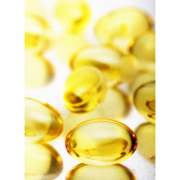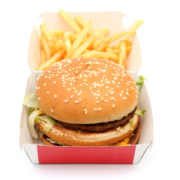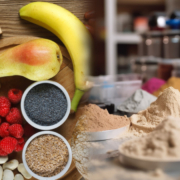Will Ultra-Processed Food Harm You?
Use of ultra-processed food (UPF) has risen over the past 20 years; that’s clear from a recent study that examined eating trends. Using data from nine cycles of the NHANES (National Health and Nutrition Examination Survey) study, there has been a steady rise in the percentage intake of UPF from 53% to 57%. Over the same period, there has been a decline in minimally processed meat, chicken, and dairy products with an increase in UPF meats.
As you saw if you looked at the NOVA categories (first reference below), the largest component of the UPF are breads and sodas of all types, together with confectionary products such as cakes and pies. The first question: what has this rise in UPF done to our health?
UPF and Mortality
Researchers tracked adult participants in the 1988–1994 NHANES study. Over a median follow-up of 19 years, individuals in the highest 25% of servings of UPF per day had a 31% increase of mortality from all causes. Curiously, the increase in mortality was not from CVD—but dead is still dead, so it doesn’t really matter what caused it.
Recently published research associated UPF with type 2 diabetes, Alzheimer’s disease, and maybe most important, changes in the microbiome. That’s where the immune system begins, so the low fiber in UPF may actually be the root cause of the rise in mortality. Finally, as the servings of UPF went up, so did the caloric intake compared with the lower quartiles—an additional 600 calories per day.
One Nagging Question
I’ve talked about the sweet spot before: How many vegetables and fruits can we eat to offset some of the poor food choices we make? The data showed that minimally processed vegetable intake stayed constant at less than one serving per day and fruit and fruit juices declined over the nine NHANES survey periods. The researchers in both studies could have analyzed the data by intake of healthier food to see if that had any impact. Not that I believe we should increase our UPF intake, but for those who do, what can we do to offset some of negative impacts?
The Bottom Line
As 2023 continues, rather than tell you to reduce your UPF intake—which is a good idea—I’m going to propose that you add one vegetable or fruit serving to your daily diet every month, and do it early in the day. You might naturally reduce your UPF intake as a result. Because the recommendation never changes in our trio: eat less, EAT BETTER, and move more.
What are you prepared to do today?
Dr. Chet
References:
1. https://educhange.com/wp-content/uploads/2018/09/NOVA-Classification-Reference-Sheet.pdf
2. Am J Clin Nutr 2022;115:211–221
3. Public Health Nutr. 2019. 22(10):1777–1785. doi:10.1017/S1368980018003890









